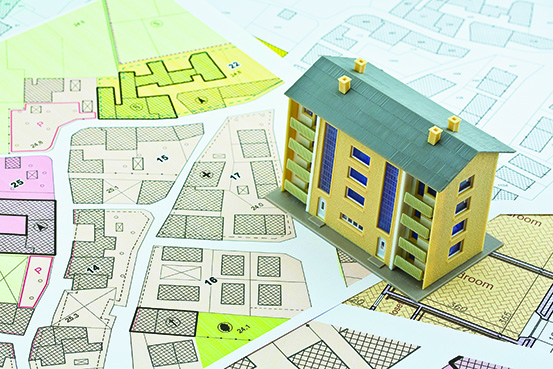Freedom – not density – should drive land-use decisions

SACRAMENTO – California has in recent years embarked on a remarkable legislative journey that has seen some of the state’s most-onerous land-use regulations rolled back. Lawmakers have recognized that government restrictions are the key reason housing prices have reached absurd levels of unaffordability. Various new laws have provided streamlined “by right” building approvals. They don’t go far enough, but change is welcome.
I’ve called out conservatives, who have often fought housing deregulation measures even as they vow support for property rights and freedom. For example, Huntington Beach’s conservative council majority, in its lawsuit challenging state housing reforms, has trotted out every NIMBY (Not In My Back Yard) and environmentalist platitude one expects from the Left.
But it’s time to call out my erstwhile YIMBY (Yes In My Back Yard) allies for their hypocrisy and sanctimony. The solution to the housing crunch is to reduce government interference and allow the market to provide the housing projects that people want. YIMBYs totally get that point – but only when it involves high-density projects they prefer. Beyond that, they seem to want to re-engineer our society to meet their aesthetic sensibilities.
In the urbanist worldview, densely packed cities – where people depend on public transit and bicycles to get around – are not only ideal, but the only land-use pattern that will save the world from climate change. They blather endlessly about walkable communities. But one quickly finds a disdain for suburbia, dislike of automobiles and snarky dismissal of families who want a yard, decent schools and neighborhoods free of public disorder.
I’ve spent time on X (Twitter) and the urbanist posts often are hilarious. One pro-transit writer posted what he viewed as a terrifying scene – a busy Buc-ee’s (a Southern mega-convenience store). To most of us, that’s a normal scene of people filling up their tanks with gasoline, grabbing snacks and going on with their day. To urbanist scolds, this is – and my language isn’t much of an exaggeration – a sign of the collapse of civilization.
“The private car is, by far, the most wasteful of urban space,” wrote another poster. “Because we have apparently decided that the car has a sacred right to go anywhere, halt anywhere, and remain anywhere as long as its owner chooses, we have neglected other means of transportation.” Well, our society hasn’t decided that cars have sacred rights – but that individuals have the right to come and go as they please. Big difference.
Urbanists really don’t like automobiles and even slam Uber for destroying transit. It’s easy to blame potential customers, but maybe they ought to look at the performance of their beloved transit systems – almost all of which face plummeting ridership. They’re dingy, plagued by crime, operate limited hours and don’t go many places. Here in Sacramento, it apparently never dawned on planners to route light rail to one place most people would take it: the airport.
If the goal is to make our existing neighborhoods – including suburban ones – more walkable, safer for pedestrians and accessible to a few appealing transit options, then sign me up. Those are noble goals. But if the goal is to change our entire nation’s development patterns and make it cost-prohibitive to own a house with a yard, then no thanks.
My sense is many urbanists spent a college semester in Europe and have devoted themselves to re-fashioning our society in that model. Big cities are exciting, but not everyone wants to live in a small apartment on a crowded street. People want different living situations at different stages in their lives. There’s a reason hip cities such as San Francisco are virtually child-less. It’s too difficult and costly to raise a family. Hectoring suburbanites is elitist and condescending.
Someone with the term “walkable” in his moniker posted a photo of elderly people sitting in an alley at picnic tables by a Manhattan high rise with this comment: “Retiring-in-place in (a) NYC skyscraper is easy. There’s parks, young neighbors, an elevator to the grocery store, and world class hospitals nearby. Retiring in place in the suburbs is isolating, sedentary, and – if forced to drive a car with cataracts or heath issues – deadly.”
Sure, it’s easy to retire in Manhattan if you have spare millions and don’t mind tiny quarters and taking the dog down the elevator every time he wants to pee. I find the thought of getting fresh air in an alley surrounded by strangers nauseating. I prefer sitting in a nice, private suburban backyard. We all have preferences, but note how urbanists struggle to tout theirs without belittling other people’s autonomy.
If urbanists really want to solve California’s housing shortages they need to support deregulation of all types of construction, even in the suburbs. But methinks the movement is more about foisting their personal tastes on everybody else. That movement needs to grow up if it wants to have a lasting impact on housing policy.



